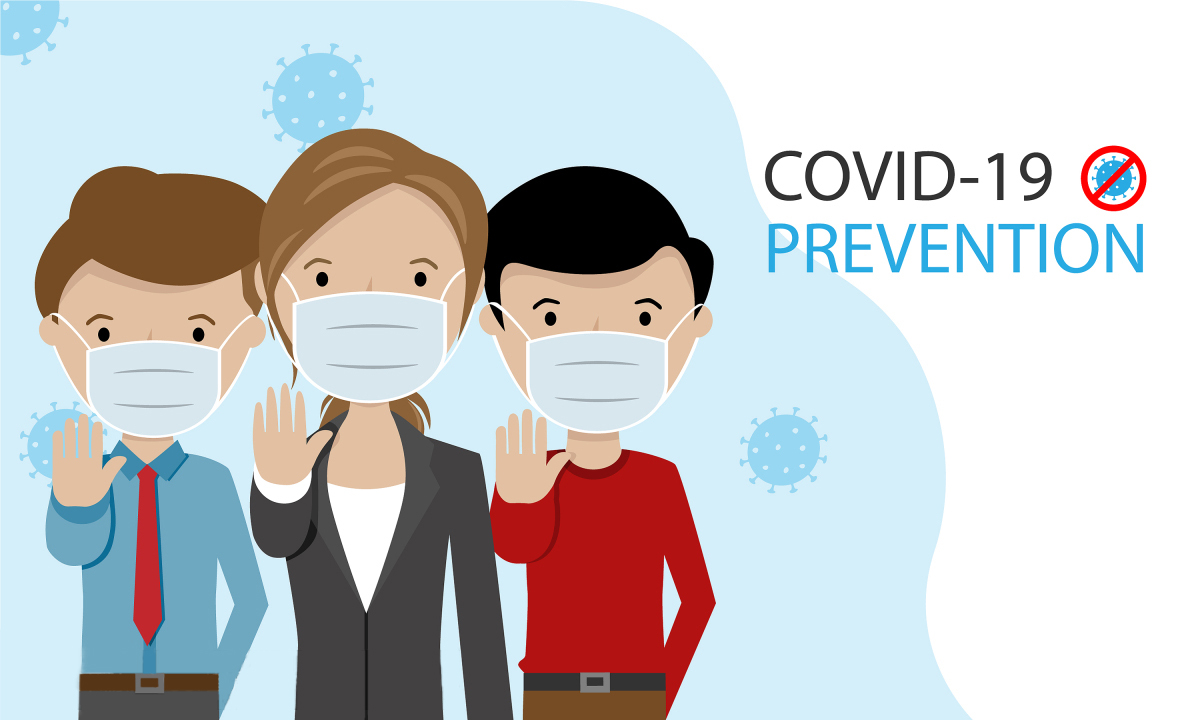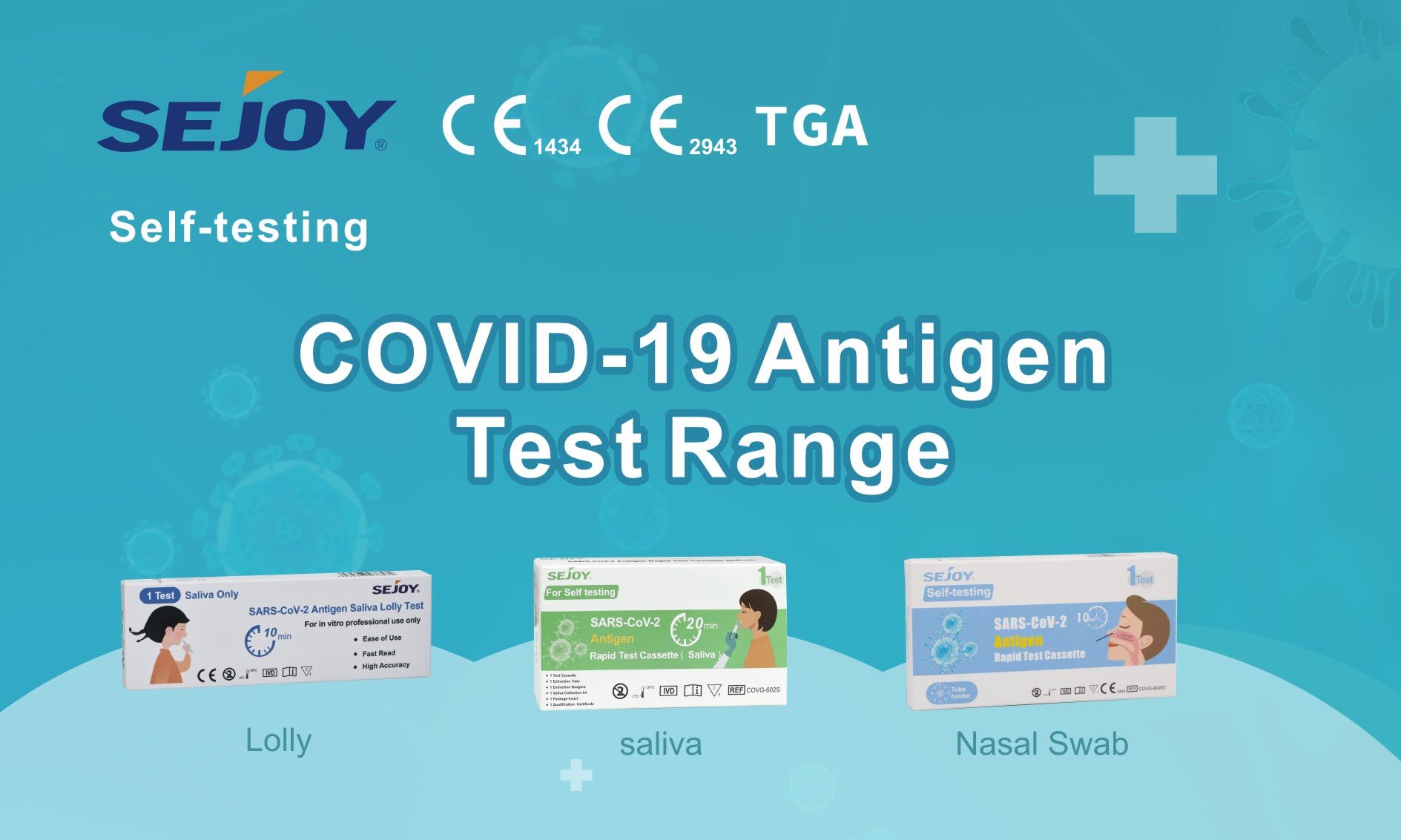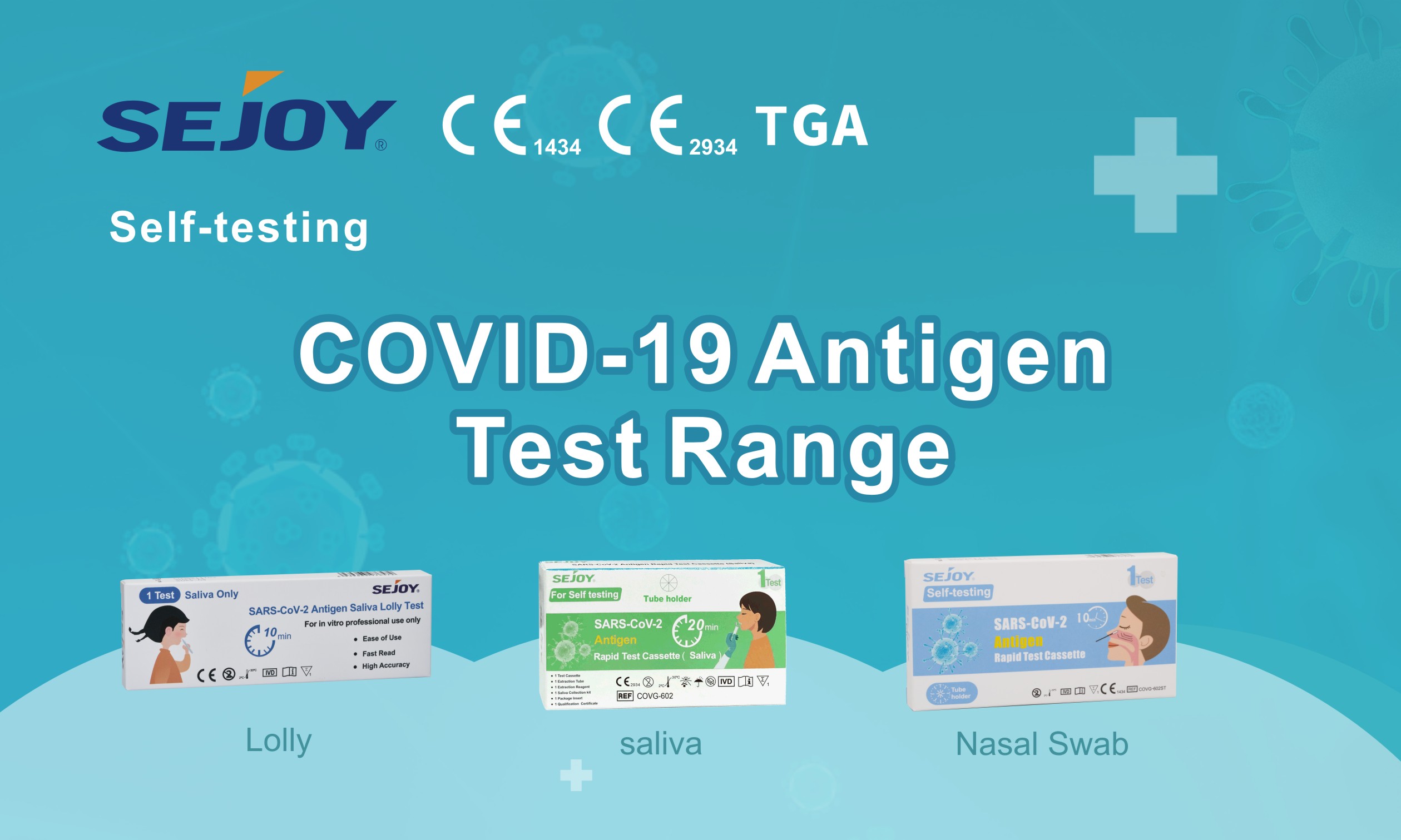Since the first case of coronavirus disease, in December 2019 , pandemic illness has spread to millions of persons worldwide. This global pandemic of the novel severe acute respiratory syndrome coronavirus 2 (SARS-CoV-2) is one of the most compelling and concerning global health crises of modern day, posing great threats to the world and affecting all aspects of human life. [1]
Coronaviruses are enveloped, positive-sense, single-stranded RNA viruses in the Coronaviridae family, which have a broad spectrum of hosts such as humans, bats, camels,and avian species, including livestock and companion animals, posing a threat to public health.1 Coronaviruses are classified in the subfamily of Orthocoronavirinae, which is further divided into four genera, based on differences in protein sequences: a-coronavirus, b-coronavirus, g-coronavirus, and d-coronavirus. The a-coronaviruses and b-coronaviruses only infect mammals, whereas g-coronaviruses and d-coronaviruses primarily infect birds, though some of them can infect mammals. HCoV-229E,
oV-OC43, HCoV-NL63, HCoV-HKU1, SARSCoV, MERS-CoV, and SARS-CoV-2 are the seven coronaviruses that have been identified to infect humans. Among them, SARSCoV and MERS-CoV, which have emerged in the human population in 2002 and 2012, are highly pathogenic. Whereas human coronavirus (HCoV)-229E, HCoV-NL63, HCoV-OC43, or HCoV-HKU1 strains circulating in the human population cause only the common cold,7 severe acute respiratory syndrome coronavirus 2 (SARS-CoV2), the causal agent of COVID-19, is a novel b-coronavirus, which early appeared at the end of 2019 and has resulted in devastating deaths. The primary symptoms of COVID-19 are similar to those of SARS-CoV and MERS-CoV: fever, tiredness, dry cough, upper chest pain, sometimes diarrhea, and dyspnea. Unlike past coronavirus (CoV) infections, the rapid global dissemination, high transmission rate, longer incubation time, more asymptomatic infections, and disease severity of SARS-CoV-2 require in-depth knowledge regarding the viral immune evasion strategies.
Like other human coronaviruses (SARS-CoV-2, MERS-CoV), SARSCoV-2 also has a single-stranded, positive-sense RNA genome of around 30 kb in size. As shown in Figure 1, the viral nucleocapsid (N) proteins bundle the genome into a large ribonucleoprotein (RNP) complex, which is then enveloped by lipids and viral proteins S (spike), M (membrane), and E (envelope). The 50 end of the genome has two large open reading frames (ORFs), ORF1a and ORF1b, encoding polypeptides pp1a and pp1b, which are produced into 16 nonstructural proteins (NSPs) involving every aspect of viral replication by viral proteases NSP3 and NSP5 that harbor a papain-like protease domain and a 3C-like protease domain, respectively.9 The 30 end of the genome encodes structural proteins and the accessory proteins, of which ORF3a, ORF6, ORF7a, and ORF7b have been proven to be viral structural proteins involved in the formation of viral particles and ORF3b and ORF6 function as interferon antagonists. According to the current annotation on the basis of sequence similarity to other b-coronaviruses, SARS-CoV-2 includes predictions of six accessory proteins (3a, 6, 7a, 7b, 8, and 10). However, not all of these ORFs have been experimentally validated yet, and the exact number of accessory genes of SARS-CoV-2 is still a point of contention. Therefore, it is still unclear which accessory genes are actually expressed by this compact genome .[2]
Highly sensitive and specific tests are crucial to identify and manage COVID-19 patients as well as implementing control measures to limit the outbreak. Point-of-care (POC) molecular tests have the potential to allow earlier detection and2 isolation of confirmed SARS-CoV-2 cases, compared to laboratory-based diagnostic methods, thereby reducing household and community transmission.
[1]Clinical and operational impact of rapid point-of-care SARS-CoV-2 detection in an emergency department
[2] The battle between host and SARS-CoV-2: Innate immunity and viral evasion strategies
Post time: May-25-2022





